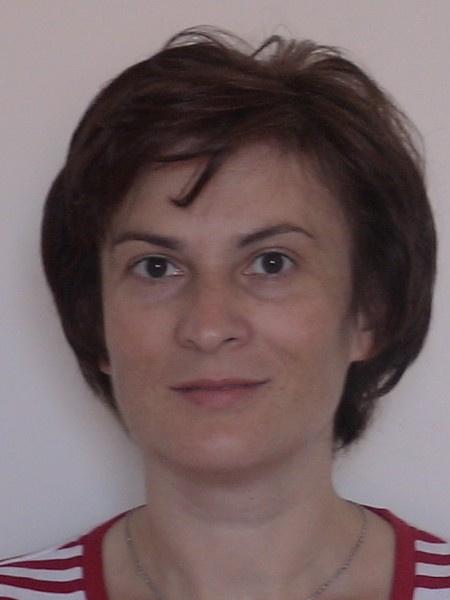abstract
Glycine is the simplest natural amino acid, a basic building block for various biomaterials. Supramolecular packing of glycine molecules into three main crystalline polymorphs allows controlling their functional properties, such as piezoelectricity and ferroelectricity. Though piezoelectricity in glycine is well studied and reviewed, its ferroelectric properties were not summarized and analyzed until now. In this mini-review, we briefly discuss glycine polymorphs, their functional properties, and phase transitions, review recent findings on domain structure and polarization switching in beta- and gamma-glycine, and consider their possible applications in biocompatible photonic and piezoelectric devices.
keywords
BETA-GLYCINE; THERMODYNAMIC ASPECTS; CRYSTAL STRUCTURE; PHASE-TRANSITION; GROWTH; CRYSTALLIZATION; POLYMORPHISM; PRESSURE; NUCLEATION; DYNAMICS
subject category
Materials Science
authors
Zelenovskii, PS; Vasileva, DS; Vasilev, SG; Kopyl, S; Kholkin, A
our authors
Groups
G2 - Photonic, Electronic and Magnetic Materials
G3 - Electrochemical Materials, Interfaces and Coatings
Projects
CICECO - Aveiro Institute of Materials (UIDB/50011/2020)
CICECO - Aveiro Institute of Materials (UIDP/50011/2020)
Associated Laboratory CICECO-Aveiro Institute of Materials (LA/P/0006/2020)
acknowledgements
Portuguese Foundation for Science and Technology (UIDB/50011/2020, UIDP/50011/2020, LA/P/0006/2020, PTDC/CTM-CTM/4044/2020). This work was developed within the scope of the project CICECO-Aveiro Institute of Materials, UIDB/50011/2020, UIDP/50011/2020 and LA/P/0006/2020, financed by national funds through the FCT/MEC (PIDDAC). Part of this work was funded by national funds (OE), through FCT-Fundacao para a Ciencia e a Tecnologia, I.P., in the scope of the framework contract foreseen in the numbers 4, 5, and 6 of the article 23, of the Decree-Law 57/2016, of August 29, changed by Law 57/2017, of July 19. PZ and AK were supported by FCT through the project Photomultiferro- PTDC/CTM-CTM/4044/2020. SV was supported by Career-FIT received funding from the European Unions Horizon 2020 research and innovation program under the Marie Sklodowska-Curie grant (agreement no. 713654).




